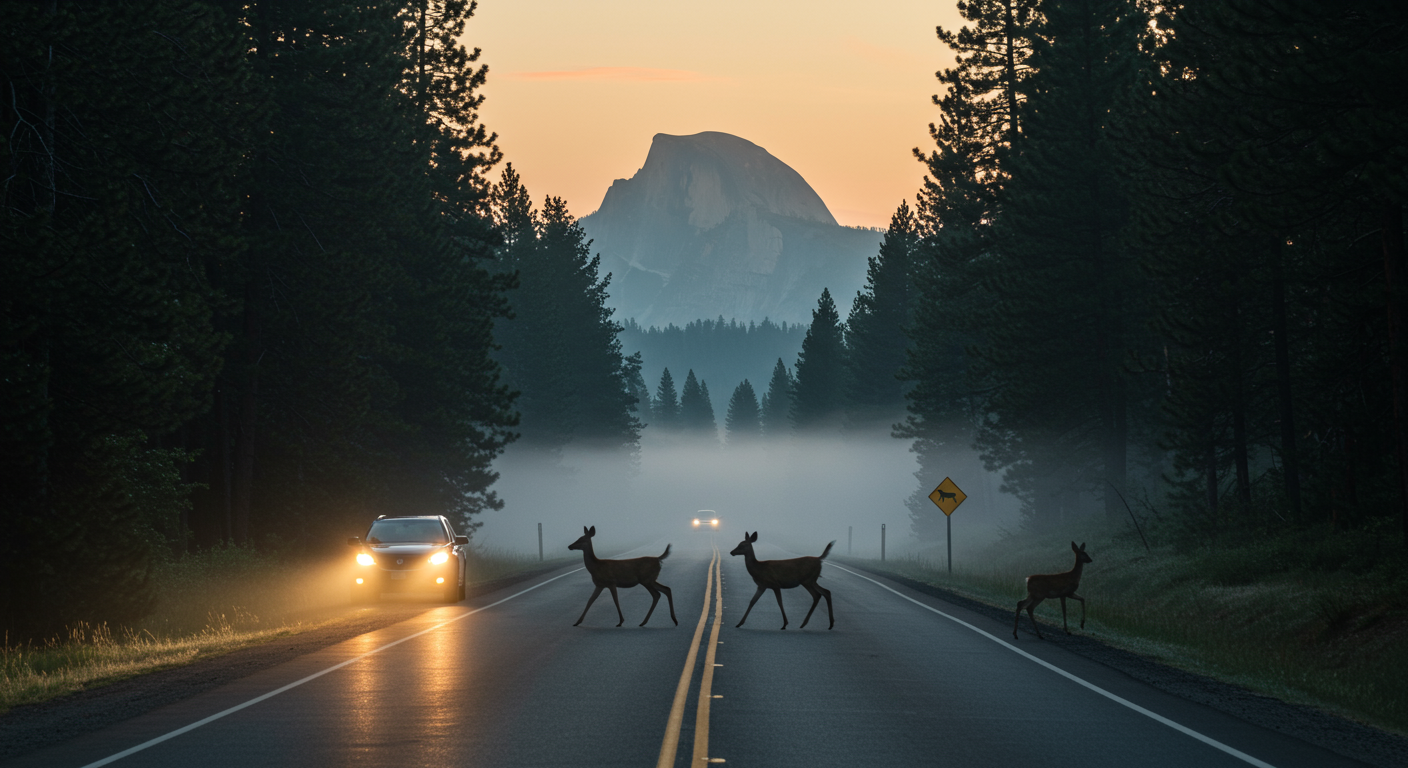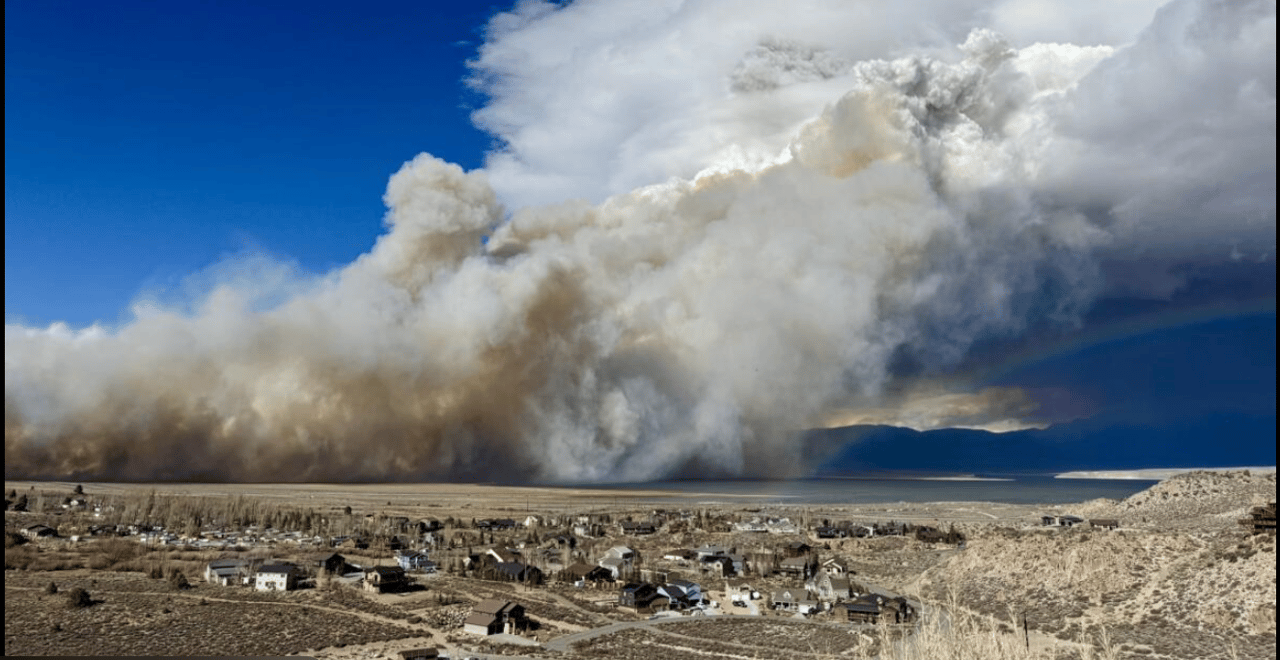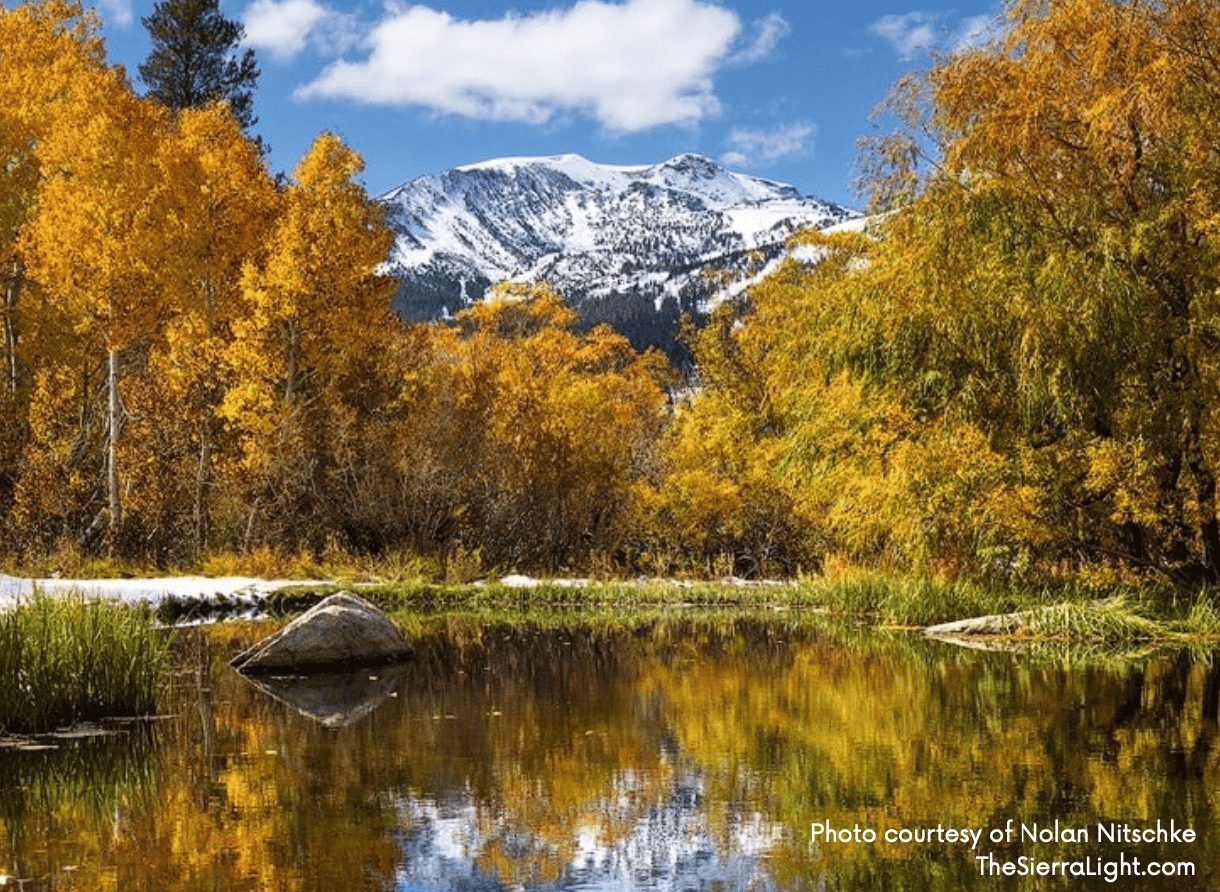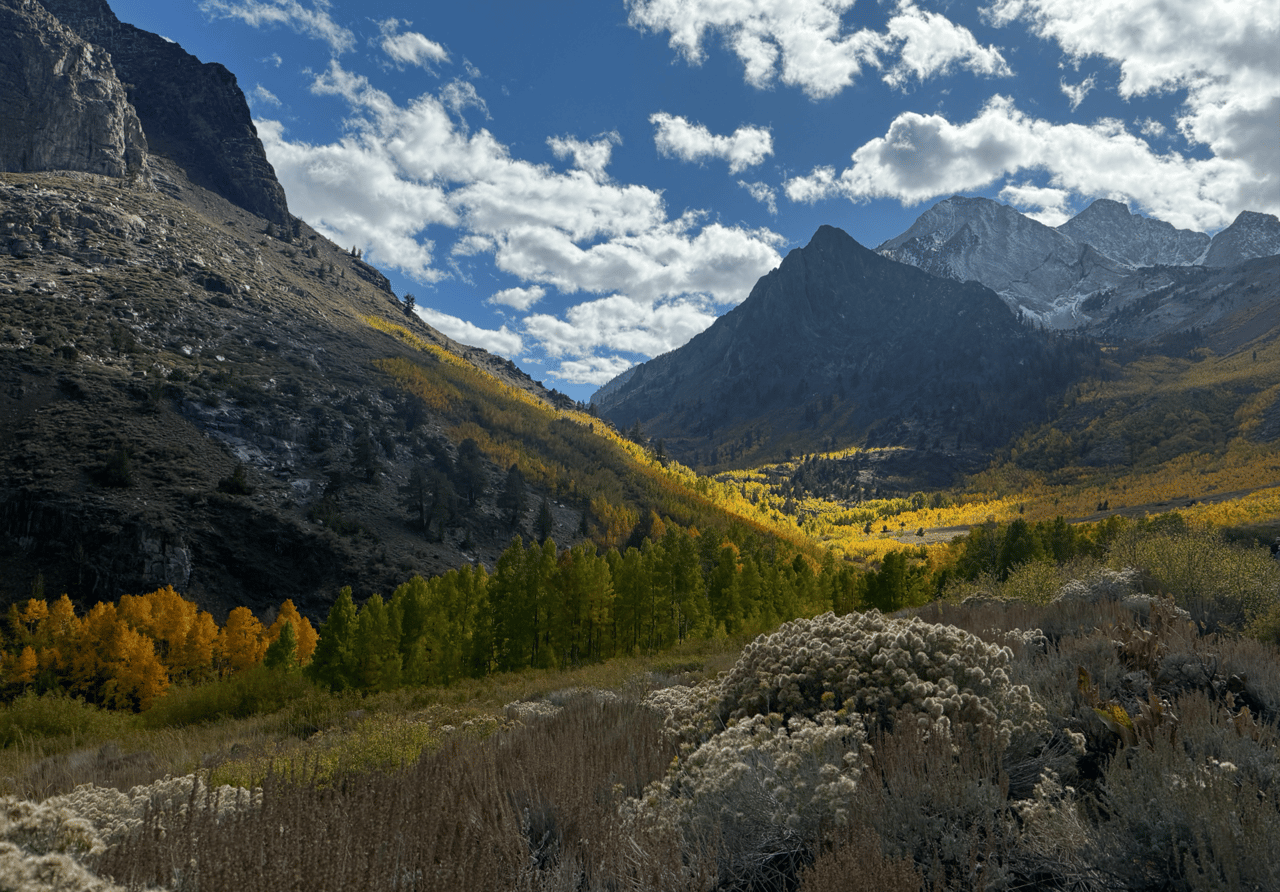Tips for Preventing a Collision with a Deer
April 29, 2014
Real Estate

April 29, 2014
Real Estate


What to do if you hit a deer.
Stay away from the deer. If it is still alive, it could be confused, injured and dangerous if approached. When contacting the authorities, let them know if the deer is in a dangerous spot on the road so that it can be removed.
Source: Department of Transportation District 9 Director Tom Hallenbeck.
Stay up to date on the latest real estate trends.

Mammoth Lakes Community
December 22, 2025

Buyer
December 19, 2025

Market Update
December 15, 2025

Market Update
November 11, 2025

Real Estate Education
November 3, 2025

Buyer
October 28, 2025

Buyer
October 17, 2025

Market Update
October 13, 2025

Buyer
October 7, 2025
You’ve got questions and we can’t wait to answer them.